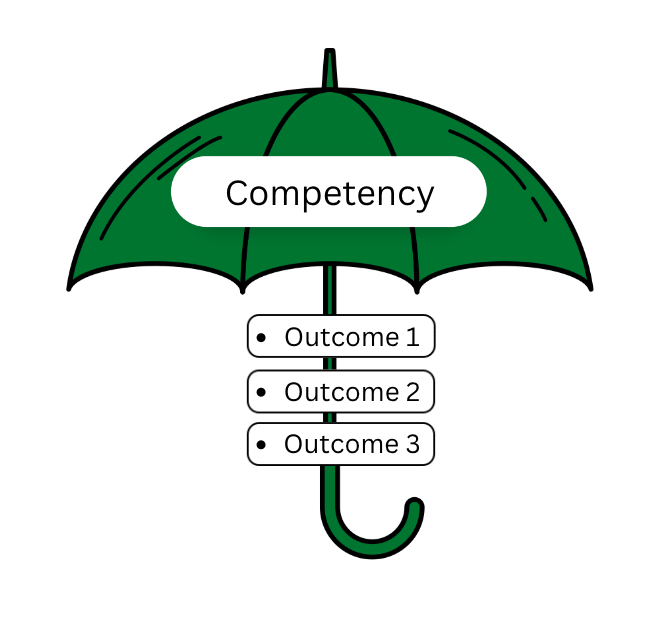Indigenizing Education Series: Getting started …
I would like to be clear, I am never upset by the ‘how’ question. The fact that people are asking questions is excellent, but we need to understand the reasons for ‘why’ we are Indigenizing so that we are better informed about ‘how’ we should Indigenize. Over the coming months, I intend to write a series of blog posts identifying and exploring some key issues that I hope you will find informative and interesting.
… In the classroom
So why isn’t there an adequate and necessary amount of support for Indigenous students to achieve their academic goals? I believe that it is important to understand that education can be a loaded term for some Indigenous peoples. Educational hostility or ambivalence does exist in some communities and households towards people who pursue educational goals. This lack of support for Western education is a direct result of the residential boarding school program. Community members who went to or have family members who attended residential schools (the last school closed in 1996 in SK; the Gordon Residential School) can perceive education as a negative goal. This means that there can be limited support for community members to attain high school diplomas or to pursue education at University. Western education can be seen as a direct threat to a community’s culture, language, and way of life (Battiste, 2001). This is the legacy that the residential school system instilled in Indigenous people, a lack of trust and value for Western education.
As educators, we should all recognize this lived reality for Indigenous students and try to support those who have worked hard to overcome these types of challenges to be at University. Once they have arrived, it should be our goal, even responsibility, to try to limit and remove the social, personal, and educational barriers that Indigenous students contend with. We must make classrooms safe and nurturing.
Classroom challenges for Indigenous students are sometimes related to their different ways of knowing, learning, and communicating course content. These students can have different perspectives or present ideas in the classroom that may not be perceived objectively by others in the classroom as the expected and appropriate response. In fact, differences in worldviews can often be treated as less-than-positive by instructors or other students, sometimes even coming across as hostile or prejudicial. We are talking about comments that are stereotype-based or discriminatory about Indigenous culture, history, and worldviews. For a great example of what I am talking about, take a few minutes to view the University of British Columbia’s short 20-minute video where Indigenous and non-Indigenous students provide examples of some of the difficulties that Indigenous students encounter in the classroom. These examples candidly and provocatively highlight moments when students did not feeling safe or supported and the repercussions that these experiences had on the students.
The University of British Columbia has developed a number of resources to help those who are interested in thinking through issues around classroom climate. Five modules have been developed as a useful starting point for your consideration.
Battiste, M. (2001). Aboriginal knowing: First voices. The U of S Pointer, 4, 1- 3.

One Comment
Sheryl Mills
Thanks for your post, Stryker. I found the UBC modules very informative and useful.